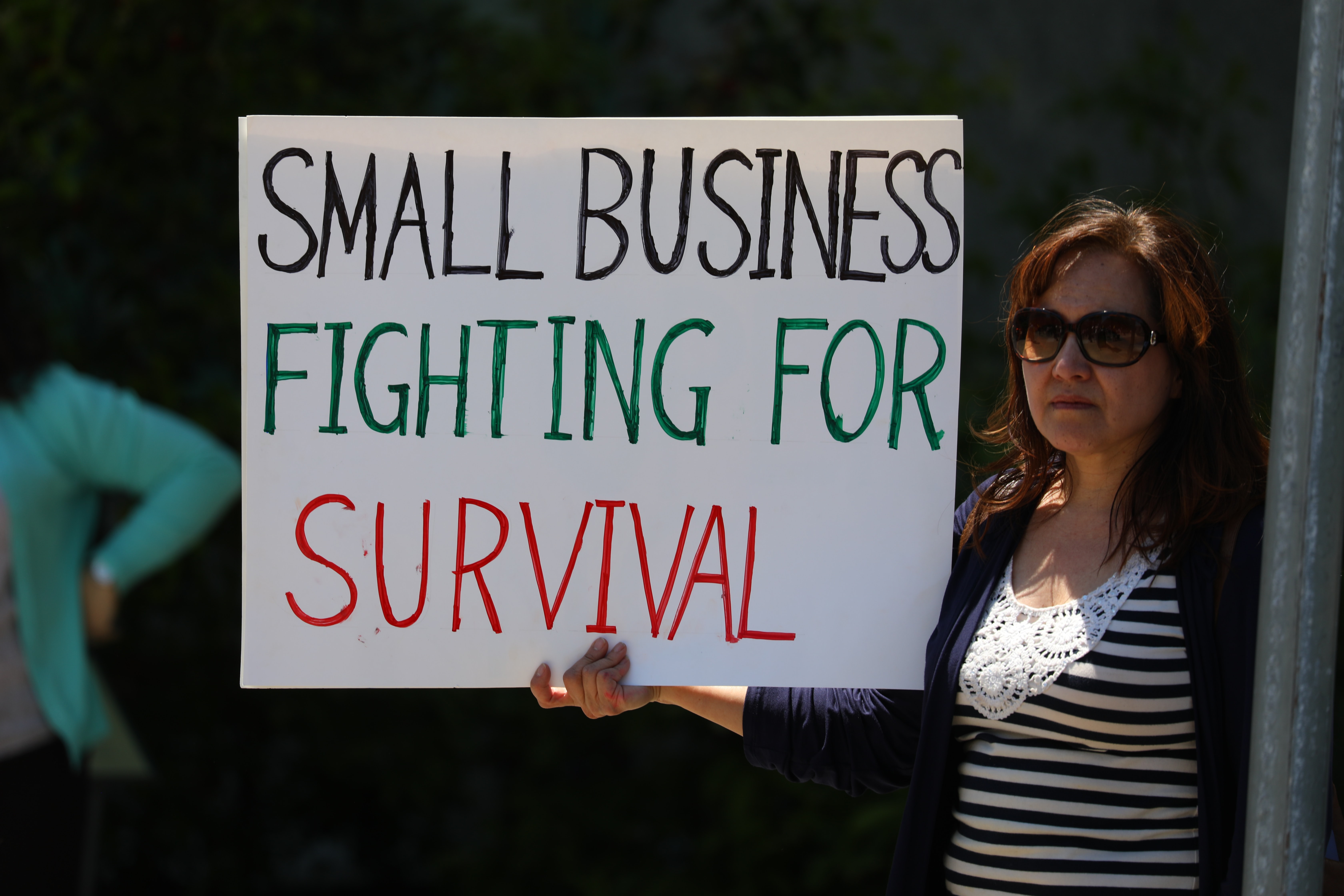5 Marketing Strategies Your Business Needs to thrive in the COVID-19 Era
 Today’s post was contributed by guest Amy Collet, creator of Bizwell.org, a website that helps professionals and entrepreneurs build and strengthen their personal brand. She is also the author of the upcoming book, You, Exemplified: The Role of Personal Branding in Your Professional Life.
Today’s post was contributed by guest Amy Collet, creator of Bizwell.org, a website that helps professionals and entrepreneurs build and strengthen their personal brand. She is also the author of the upcoming book, You, Exemplified: The Role of Personal Branding in Your Professional Life.
While thousands of companies have had to pause or close their businesses during the COVID-19 lockdowns, many have opened those doors back up. As exciting as this is, there are still a lot of challenges ahead.
Small businesses have been asking: How do I keep my customers safe? How can my business stay afloat if we encounter another round of lockdowns? How can I re-engage my customers now that we are back in business?
Of course, let’s not forget the most important question of all: How can I boost my business on a budget? Even with grants and stimulus checks, many businesses had to tap into their cash reserves to survive. Here are five budget-friendly marketing strategies to keep business flowing during the pandemic.
Hire marketing help.
If your business closed at all during 2020, then you may need to start your marketing efforts from scratch. Say It For You has been providing traffic-driving content and marketing strategies for businesses for years. You stand to benefit when you partner with such a professional — who can revamp your website, deliver quality blog content, kickstart your social media campaigns and engage your customers with paid social campaigns. Keep all these within a smart budget by hiring small businesses, freelancers, contractors, or interns looking to build their resumes.
Be sure your legal ducks are in a row.
A lot has changed with regard to business legality since the pandemic first hit. Sadly, some people have discovered that they weren’t able to apply for grants and loans because their businesses weren’t properly filed. Prevent that from happening to you by forming a limited liability company (LLC). Not only will that give you access to any future COVID-19 relief funds, but it also qualifies you for tax breaks and other benefits. Regulations vary from state to state, so do thorough research or enlist the help of a formation service to guide you.
Reward your loyal customers.
The customers who stuck with you or came back deserve a little extra TLC. Most business owners know that retention and loyalty are the foundation for successful business growth. Customer Service Magazine suggests doing something simple, like delivering loyalty rewards to their email inbox.
You can also go the extra mile by opening up your store for solo shopping or offer them sneak peeks of new merchandise. If you provide a service, offer how-to webinars to help them advance their own livelihoods with your insider knowledge.
Keep your customers confident.
If you have a brick-and-mortar building or meet clients face-to-face, be sure to follow all of the CDC’s guidelines for safety. While COVID-19 is not a deadly illness for most people, it can shut down entire communities if all aren’t careful and cautious. Remember that the sooner we beat this, the sooner we can get back to normal — and we all have a part to play.
Don’t give up.
Things have been hard — that’s an understatement. You may have to act differently or think broadly about what you do and how you do it, but a little creativity can go a long way. The point is to persevere. There are no easy answers these days and the business world has a long way to go to recover. You’ll have to do some long-term planning in the face of uncertainty, which is hard, but not impossible. When all else fails, turn to your customers — ask them how they are feeling and how you can better meet their needs — then go from there.
Small businesses have a long road to recovery ahead, but it’s also very hopeful. Businesses are opening back up and many are thriving from the support of their communities. Take the time to explore some of these tips to launch your business back into success.






Follow us online!